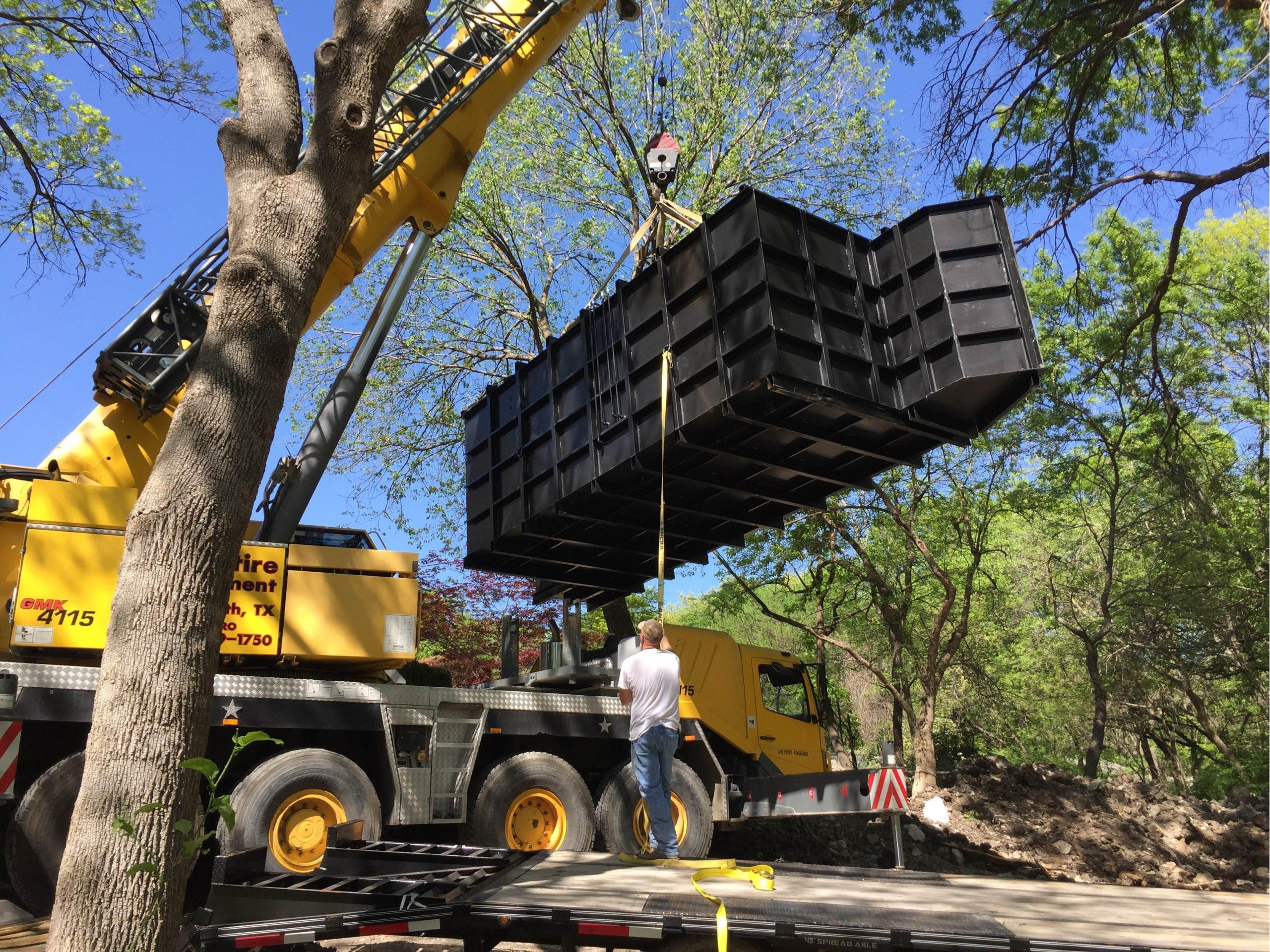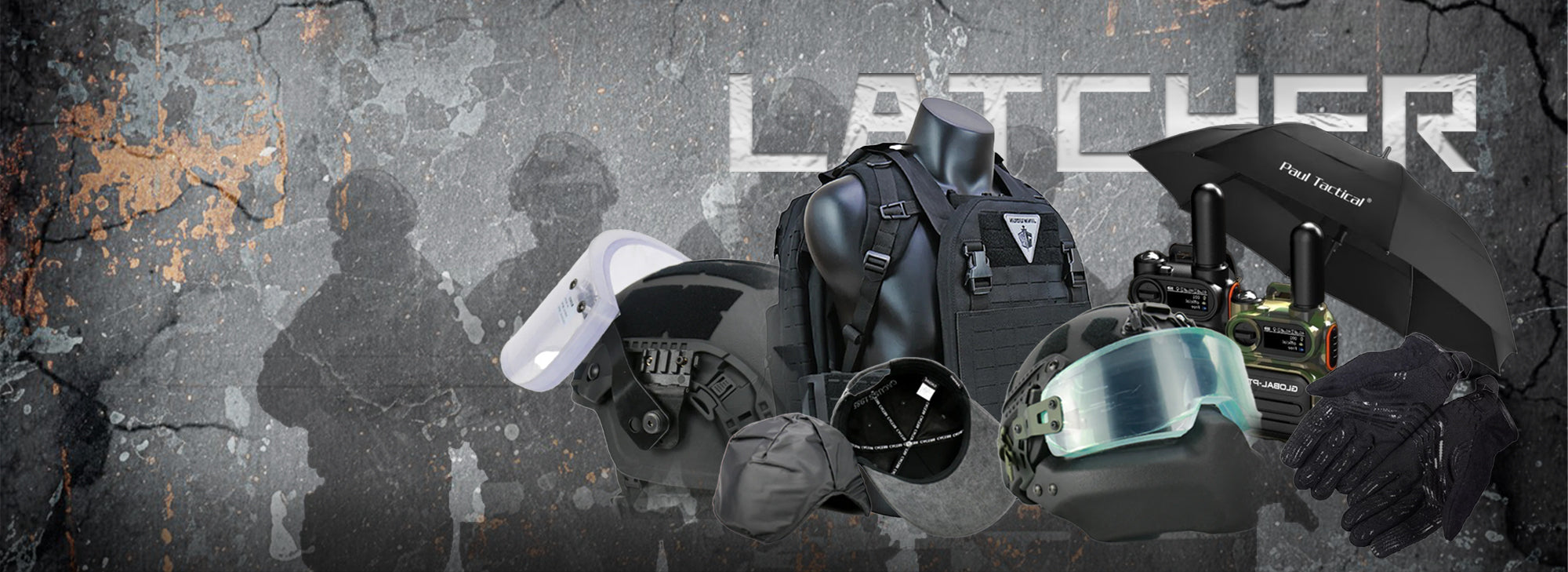Sorry, there are no products in this collection.
TESTED & CERTIFIED
Water Rescue
Be prepared for rising waters and flood disasters with our professional-grade water rescue gear. Our collection includes heavy-duty inflatable rescue ropes, submersible dry bags, intelligent life buoy, and waterproof survival kits designed to keep you safe during flash floods, hurricanes, or unexpected water emergencies. All products feature high-visibility colors, ultra-durable materials, and compact storage - perfect for emergency vehicles, bug-out bags, or home preparedness kits. Whether you're a prepper, first responder, or outdoor enthusiast, our water rescue equipment provides critical protection when disaster strikes.
FAQs
Please read our FAQs page to find out more.



